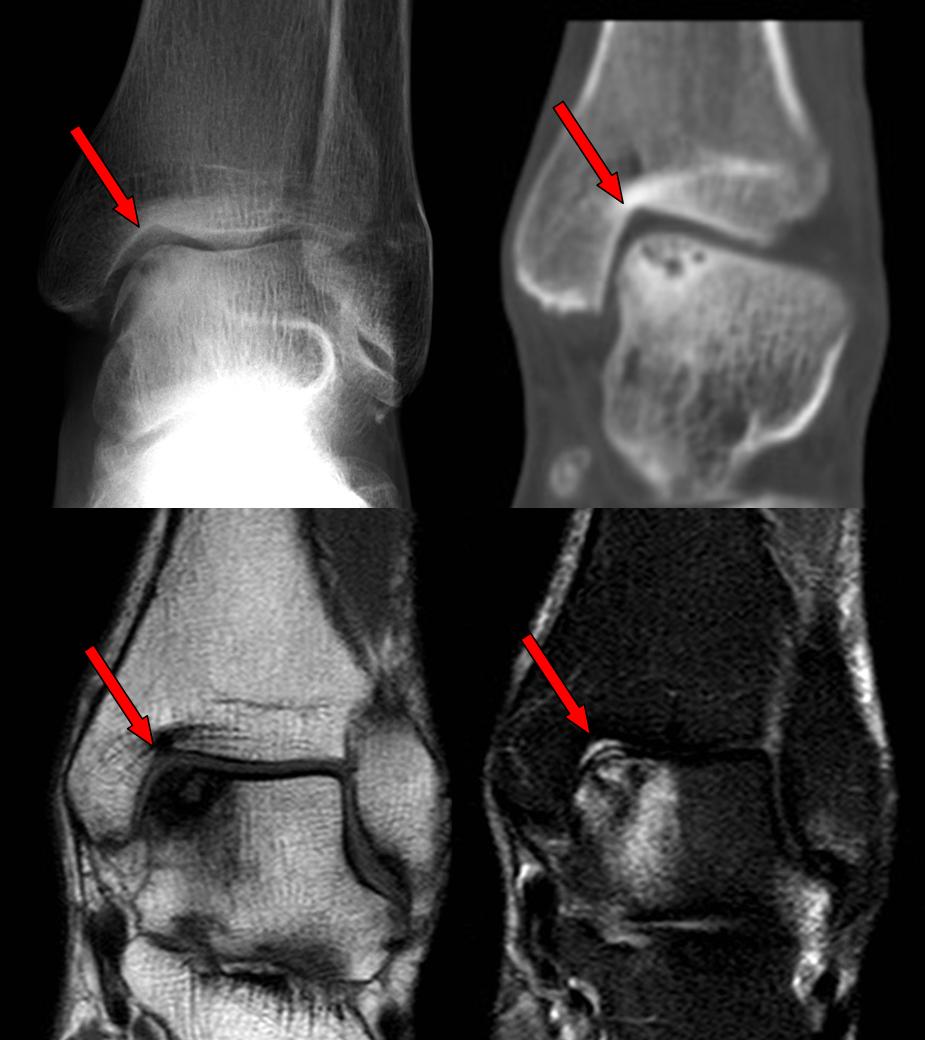Ankle Cartilage Injuries
 Read What Mr Gordon’s Patients Are Saying
Read What Mr Gordon’s Patients Are Saying
What is cartilage?
Cartilage is the specialised covering of a joint which helps the 2 surfaces glide over each other. During an injury such as an ankle sprain or fracture, one surface may hit the other, causing damage to the cartilage surface. This injury may lead to the cartilage coming loose from the bone to which it is normally stuck to.
What are the symptoms of a cartilage injury?
Pain within the ankle joint, usually worse on activities. The exact location of pain will depend on where the lesion is: medial (inner ankle) account for 60%, lateral (outer ankle) account for 35%. Other symptoms include: Impaired function, limited range of motion, stiffness, catching, locking and swelling. There is usually a history of trauma (in 86%).
Why is it painful?
It is thought that the joint fluid is forced into the bone underneath the cartilage, which causes pain. Over time, cysts in the bone may form. These are not dangerous, but need to be treated if surgery is planned.
How are cartilage injuries diagnosed?
Mr Gordon will take a thorough history and examine you. X rays will be taken and a bone cyst may be apparent. An MRI usually confirms the diagnosis and a CT scan may be helpful in assessing the location and size of any cyst.
X Ray (top left), CT scan (top right) and MRIs Showing a Medial Talar Dome OCD of the Ankle
How are they treated? – Arthroscopic (key hole) Microfracture
This will depend on your symptoms. Non surgical management includes activity modification, rest, or immobilisation. Steroid injections in clinic can give short term relief. The best surgical management is an arthroscopic (key hole) microfracture. This involves excision of the loose cartilage, curettage (scraping the loose bone out of the cyst) and bone marrow stimulation. Bone marrow stimulation involves penetrating the bone with a sharp instrument (a pick), cells arising from the bone marrow migrate over the defect and lay down scar tissue (not new cartilage), covering the exposed bone and so relieving pain. This is performed arthroscopically (key hole) as a day case (no overnight stay). The success rate for this procedure is 85%.
Mr Gordon utilises very specific evidence based rehabilitation guidelines following this procedure to ensure the best possible outcomes.
 Call for an Appointment
Call for an Appointment 






